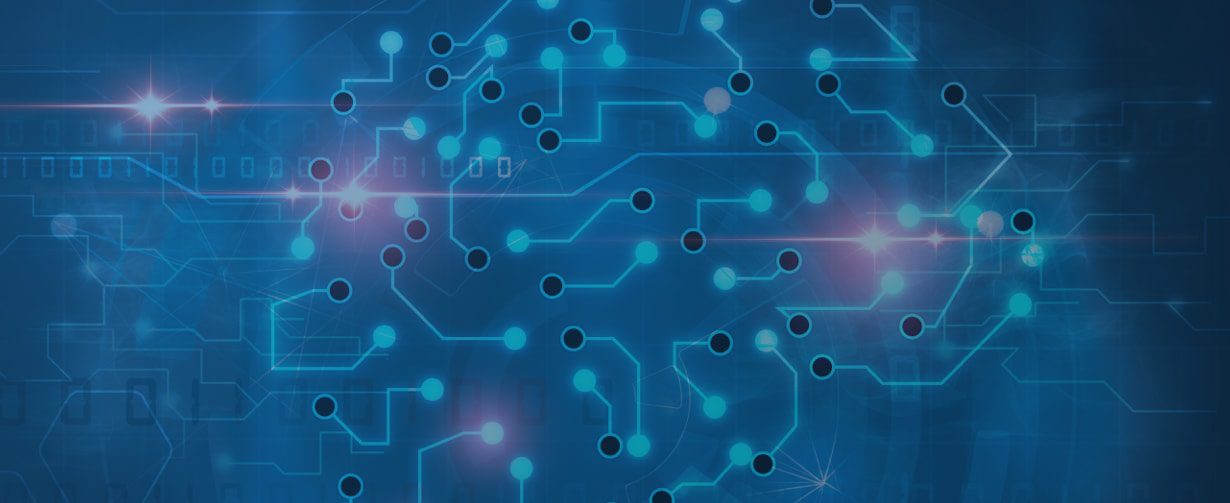Preparing for your data science interview: Common R programming, SQL and Tableau questions
This data science interview questions blog includes the most frequently asked data science questions. Here is the list of top R programming, SQL and Tableau questions.
R Programming Interview Questions
R finds application in various use cases, from statistical analysis to predictive modelling, data visualisation and data manipulation. Facebook, Twitter and Google use R-programming training to process the huge amount of data they collect.
Which are the R packages used for data imputation?
Missing data is a challenging problem to deal with. In such cases, you can impute the lost values with plausible values. Amelia, Hmisc, missForest, Mice and mi are the data imputation packages used by R. In R, missing values are represented by NA, which should be in capital letters.
Define clustering. Explain how hierarchical clustering is different from K-means clustering.
A cluster, just like the literal meaning of the word, is a group of similar objects. K denotes the number of centroids needed in a data set. While performing data mining, k selects random centroids and optimises the positions through iterative calculations.
The optimisation process stops when the desired number of repetitive calculations have taken place or when the centroids stabilise after successful clustering. Hierarchical clustering starts by considering every single observation in the data as a cluster. Then it works to discover two closely placed clusters and merges them. This process continues until all the clusters merge to form just a single cluster.
If you have completed your SQL training, the following questions will give you a taste of the technical questions you may face during the interview.
What is the difference between MySQL and SQL?
Standard Query Language (SQL) is an English-based query language, while MySQL is used for database management.
What do you mean by DBMS, and how many types of DBMS are there?
DBMS or the Database Management System is a software set that interacts with the user and the database to analyse the available data. Thus, it allows the user to access the data presented in different forms – images, strings, or numbers – modify them, retrieve them and even delete them.
There are two types of DBMS:
Relational: The data is placed in some relations (tables).
Non-Relational: Random data that are not placed in any relations or attributes.
Tableau Interview Questions
Tableau is becoming popular among the leading business houses. If you have just completed your Tableau training, then the interview questions listed below could be good examples.
What is Tableau? How is Tableau different from the traditional BI tools?
Tableau is a business intelligence software connecting users to their respective data. It also helps develop and visualise interactive dashboards and facilitates dashboard sharing. Traditional BI tools work on an old data architecture supported by complex technologies. Tableau is fast and dynamic and is supported by advanced technology. It supports in-memory computing. ‘Measures’ denote the measurable values of data. These values are stored in specific tables, and each dimension is associated with a specific key. Dimensions are the attributes that define the characteristics of data. For instance, a dimension table with a product key reference can be associated with attributes such as product name, colour, size, description, etc.
The above questions are examples to help you get a feel of the technical questions generally asked during the interviews.

